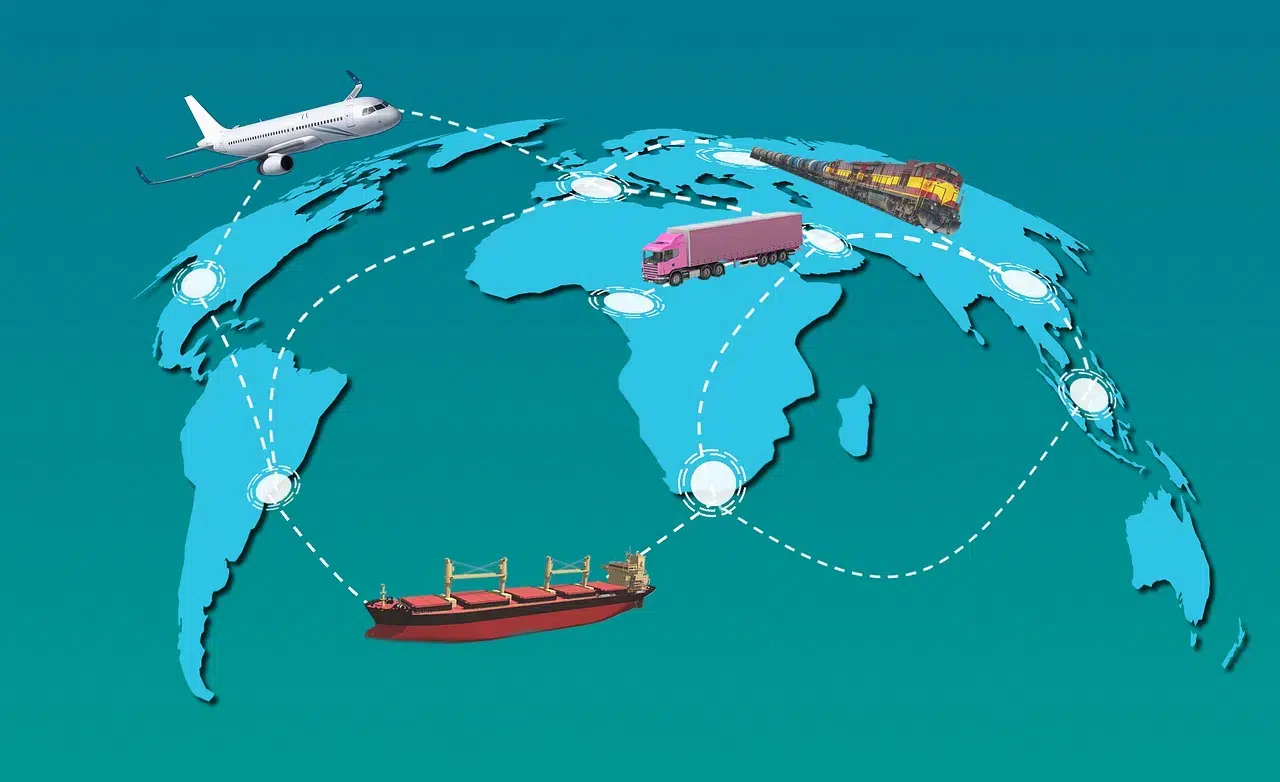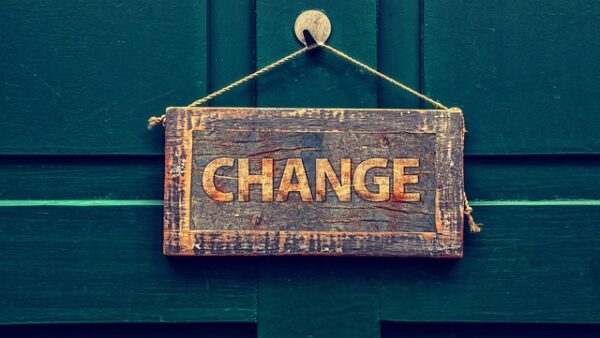In no particular order, we present the Top 10 Stories of 2022. Here’s the sixth.
As transportation and unexpected events turn supply chains upside down, consumers are getting used to the wait.
Supply chains face disruptions from different sides of our global society. In North America, most consumers would think supply chain disruptions initially started with the pandemic, but in reality, supply chains have been affected by more than COVID-19.
“From an economic perspective, we would say that there’s a misalignment — we have too many of some inputs and not enough demand, and too much of other inputs,” says Michelle Klieger, owner of Stratagerm Consulting. “We’re just not aligned with what is needed. How did this happen?”
Klieger says that one of the key factors starting disruptions began with the U.S.-China Trade War in 2018, which caused an initial shock to supply chains by stopping the flow of goods in some directions. Not only did that slow trade down, but prices got higher, and it created uncertainty around sourcing to avoid backlash from tariffs.
Then the pandemic hit the globe.
As there continues to be uncertainty around the future, the positive note is that consumers, from agriculture to the greater society, are getting used to a world with supply chain disruptions.
With a solid business plan and a little forethought, businesses are able to continue on as normal.
“Businesses are starting to think more about resiliency and building independence,” says Klieger. “That might mean companies source 80% of their material abroad and 20% at home, so they’re always guaranteed to have some access.”










